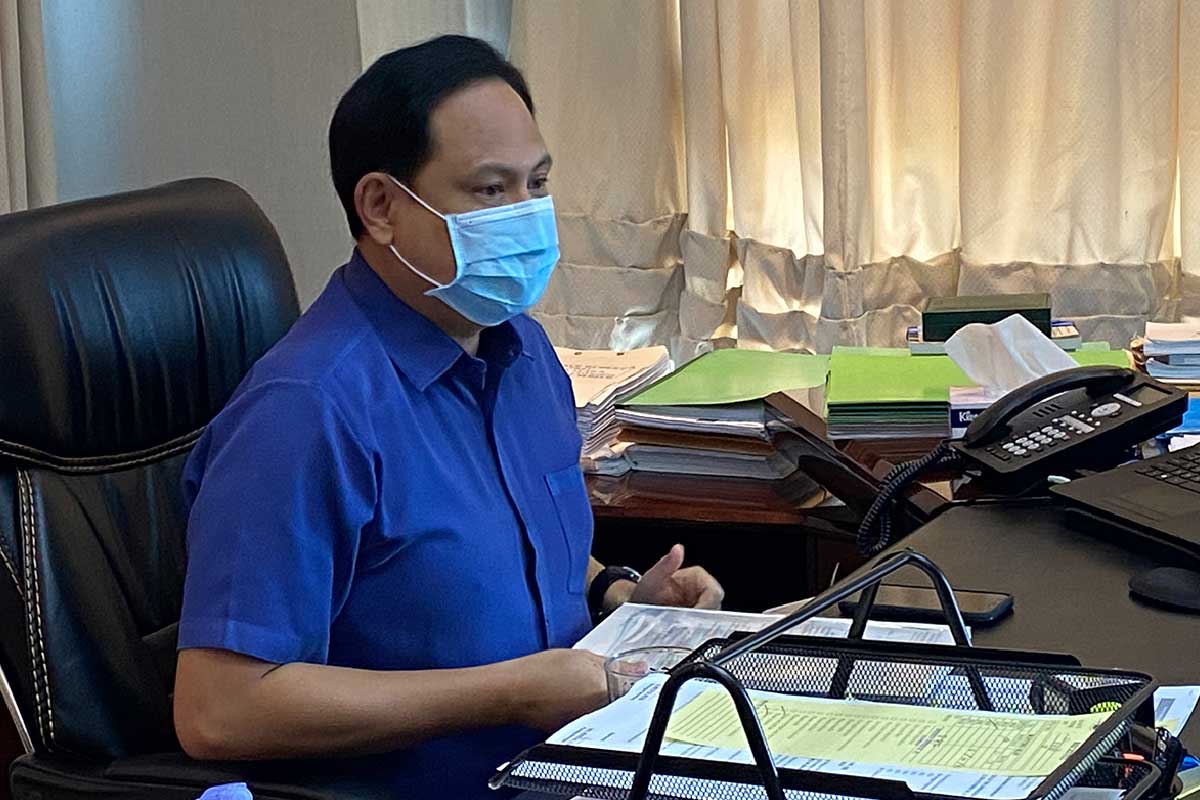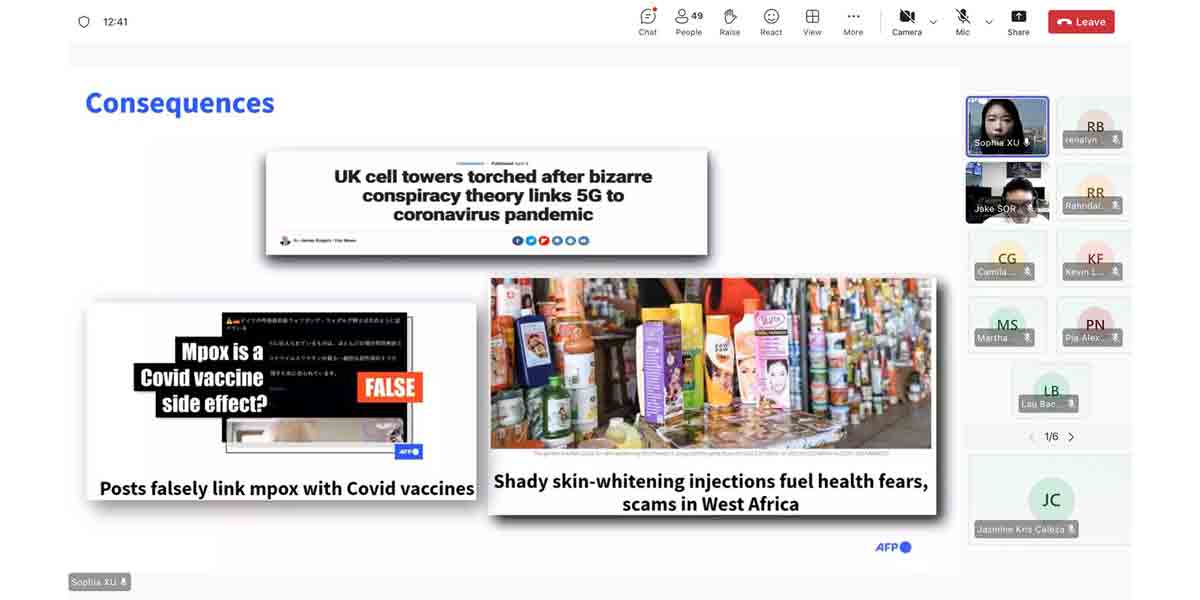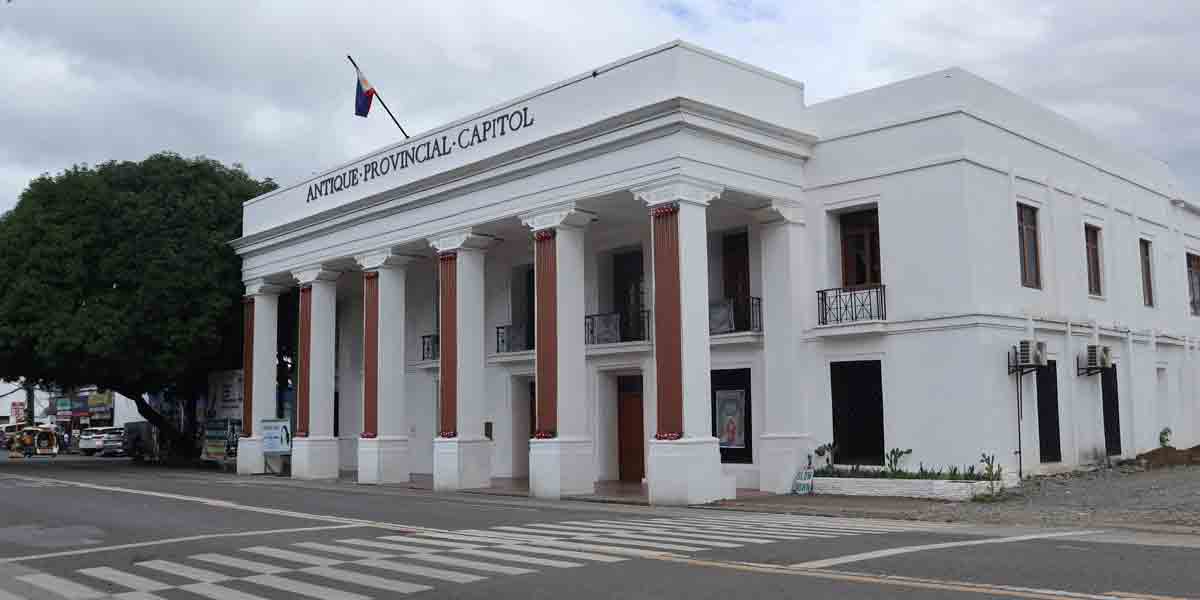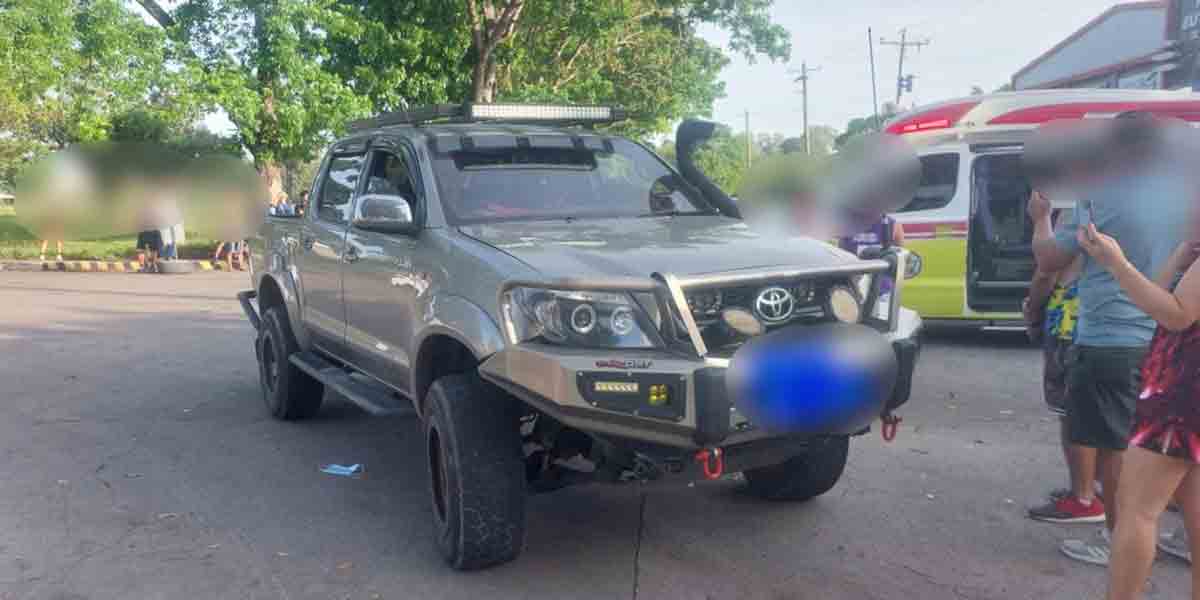
By Joseph B.A. Marzan
Iloilo Governor Arthur Defensor Jr. on Tuesday brushed aside the Department of Health (DOH) central office’s recent “high risk” classification of the province to the coronavirus disease 2019 (COVID-19), citing inconsistencies in the data from the health agency’s regional office.
The DOH on Tuesday said Western Visayas has the second highest risk to COVID-19, just below Region 11 (Davao Region) and the Cordillera Administrative Region.
This risk rating by the national DOH office was based on the region’s 2-Week Growth Rate (2WGR) or the rate of growth of cases in an area over 14 days; Average Daily Attack Rate (ADAR) or the number of cases in an area per 100,000 population over 14 days; and Health Care Utilization Rate (HCUR) or the utilization rate of COVID-dedicated beds and mechanical ventilators.
Based on the DOH central office’s data, the region’s 2WGR between June 27 to July 10 was at 3 percent while its ADAR for the same period is at 8.35. Its recent HCUR as of July 10 is 68.67 percent.
The central office’s data in the same time frame also indicated Iloilo City, Aklan, and Iloilo province as High Risk areas, Bacolod City and Antique as Moderate Risk, and Guimaras, Capiz, and Negros Occidental as Low Risk.
This was in contrast to the data of the DOH Western Visayas Center for Health Development (DOH-WV CHD) as of July 11 which it presented in a virtual press conference Monday, showing a low risk classification.
The regional office data from June 28 to July 11 showed that Region 6 has a Low 2WGR (-20 percent), a Moderate ADAR (6.15) while its HCUR of 64.15 percent is lower than that of the national rate.
Comparing the most recent data presented by the two DOH offices, Iloilo City, which is considered High in both data sets, has higher 2WGR (National: 8 percent vs. Regional: 2 percent), ADAR (National: 22.24 vs. Regional: 18.18), and HCUR (National: 90.24 percent vs. Regional: 82.26 percent).
As of this writing, DOH-WV CHD infectious diseases cluster head Dr. Mary Jane Juanico told Daily Guardian via text message that they would seek further clarification with their central office on the matter.
In a phone interview, Defensor expressed skepticism over the data discrepancy.
Iloilo province is considered Low risk by the DOH-WV CHD based on its data, because of its Low 2WGR (-7 percent), Medium ADAR (6.54), and Low HCUR (55.76 percent).
Meanwhile, the national data, which was released a day earlier, showed a significant distinction, with Medium 2WGR (23 percent), High ADAR (8.27), and HCUR at full capacity (100 percent).
Defensor said the numbers are different based on the provincial government’s own assessment of the 2WGR, ADAR, and HCUR, which is the same as that of the DOH-WV CHD.
He added that he was also “unsure” of the province’s community quarantine status by July 15, which is different from his statement on July 7 when he expressed confidence in de-escalating to a more permissive regime.
“We are monitoring our risk classification continuously, and based on our ADAR, 2WGR, and HCUR, we know of our situation here in the province of Iloilo. I just talked to the [DOH-WV CHD], and looking at those factors, it does not reflect necessarily, because our 2WGR was negative as I was advised just this [Tuesday] morning,” Defensor said.
He also said that the province’s policies in responding to the COVID-19 pandemic “no longer depended on the status given by the national,” but on what kind of responses they have imposed.
“[The DOH central office] is saying that we are ‘critical’ but if you call [DOH-WV CHD] and ask them, the data is different if you’ve noticed that. Our reaction is not based on whether the national, the regional, or we, think that we are critical, but on how we will handle that because [COVID-19] is present here and we have to deal with it while we continue living,” he said.
As to their current COVID-19 rules, he said that he will wait for further announcements from the national Inter-Agency Task Force for the Management of Emerging Infectious Diseases (IATF-MEID).
This includes IATF-MEID Resolution No. 124-B, which now allows travel for fully vaccinated persons between zones of different community quarantine classifications, but subject to local government health protocols.
The governor is awaiting further clarification from IATF-MEID involved officials before making pronouncements on implementing the said Resolution.
Daily Guardian also attempted to seek response from Iloilo City Mayor Jerry Treñas on the DOH data discrepancy, but he has yet to respond as of this writing.





















